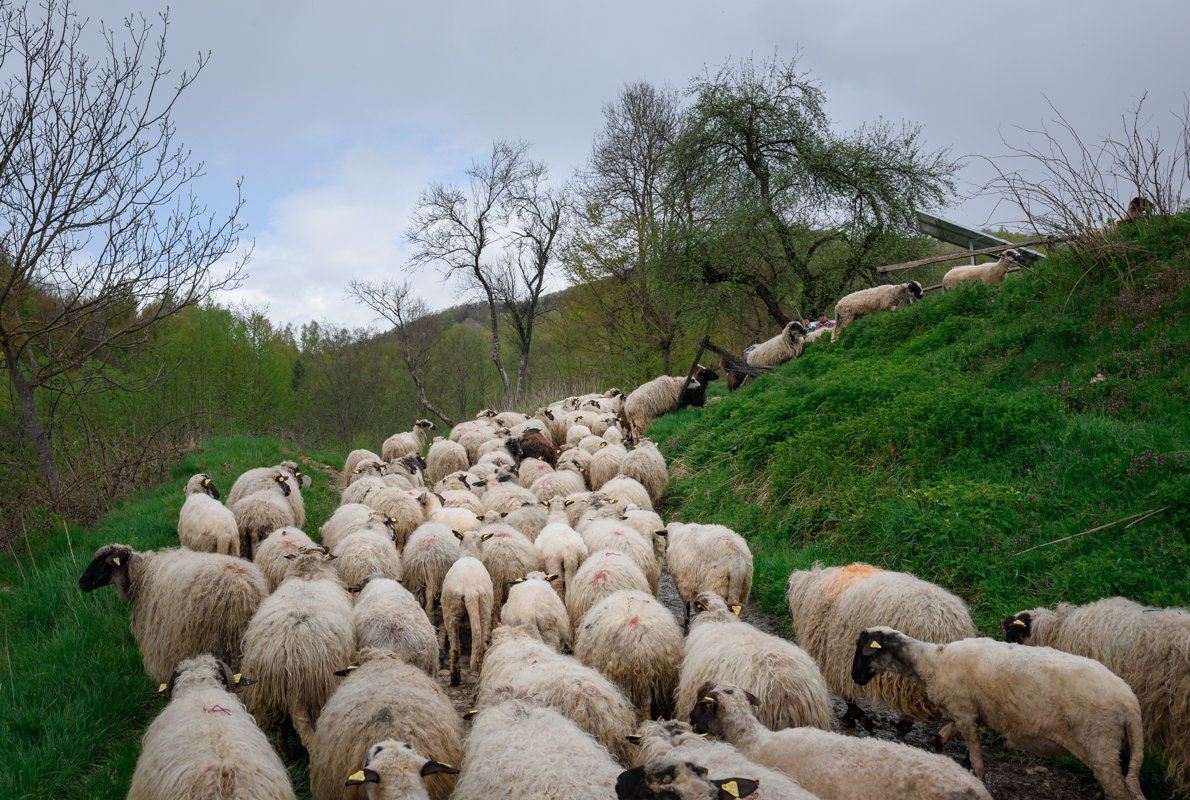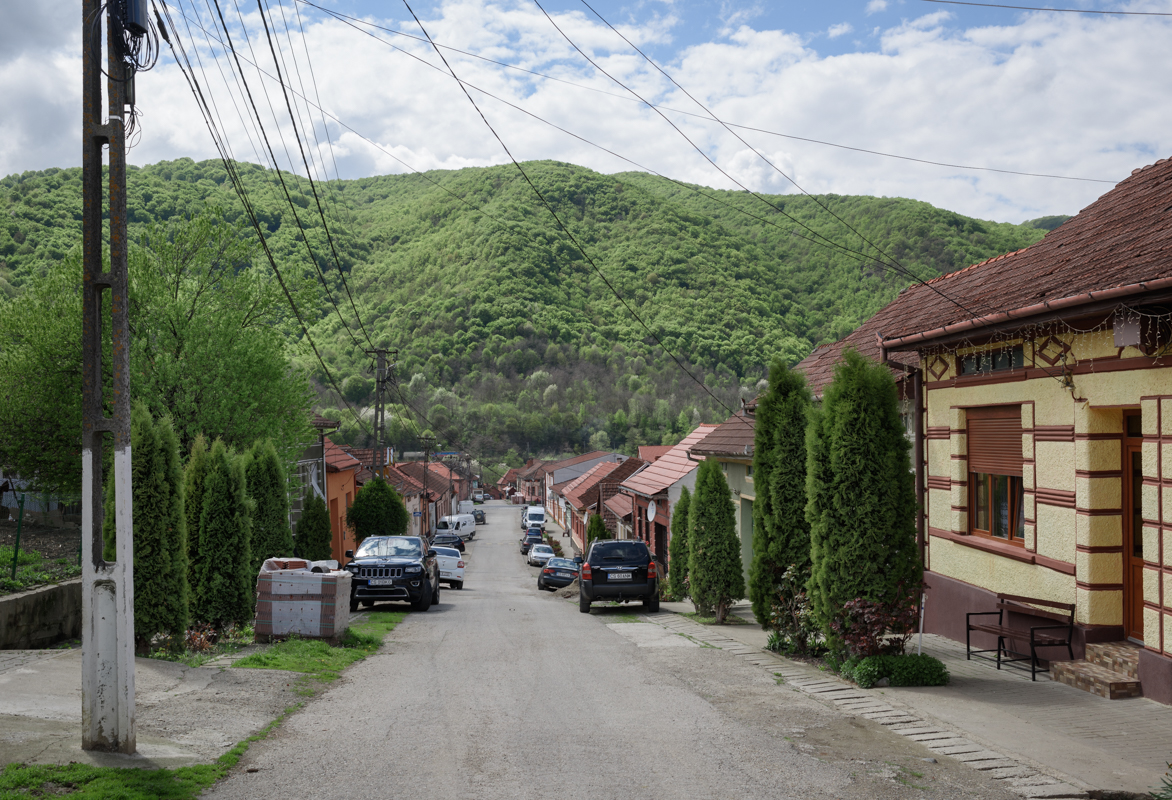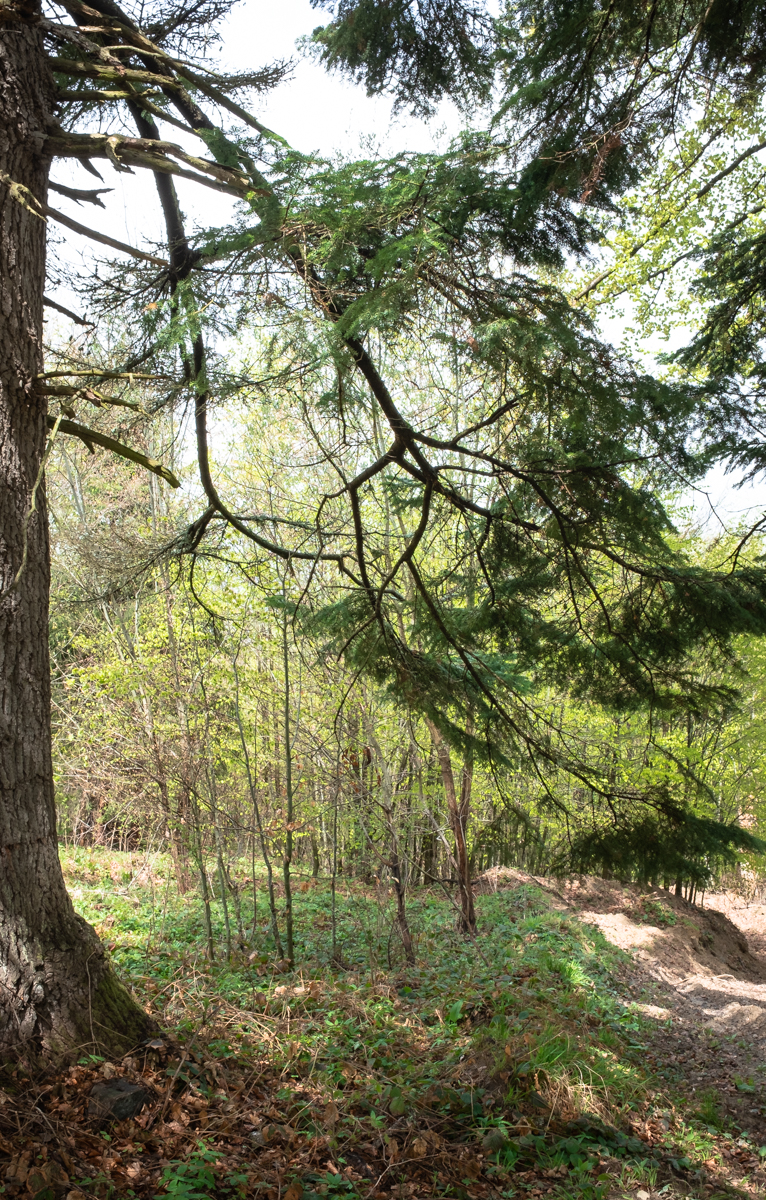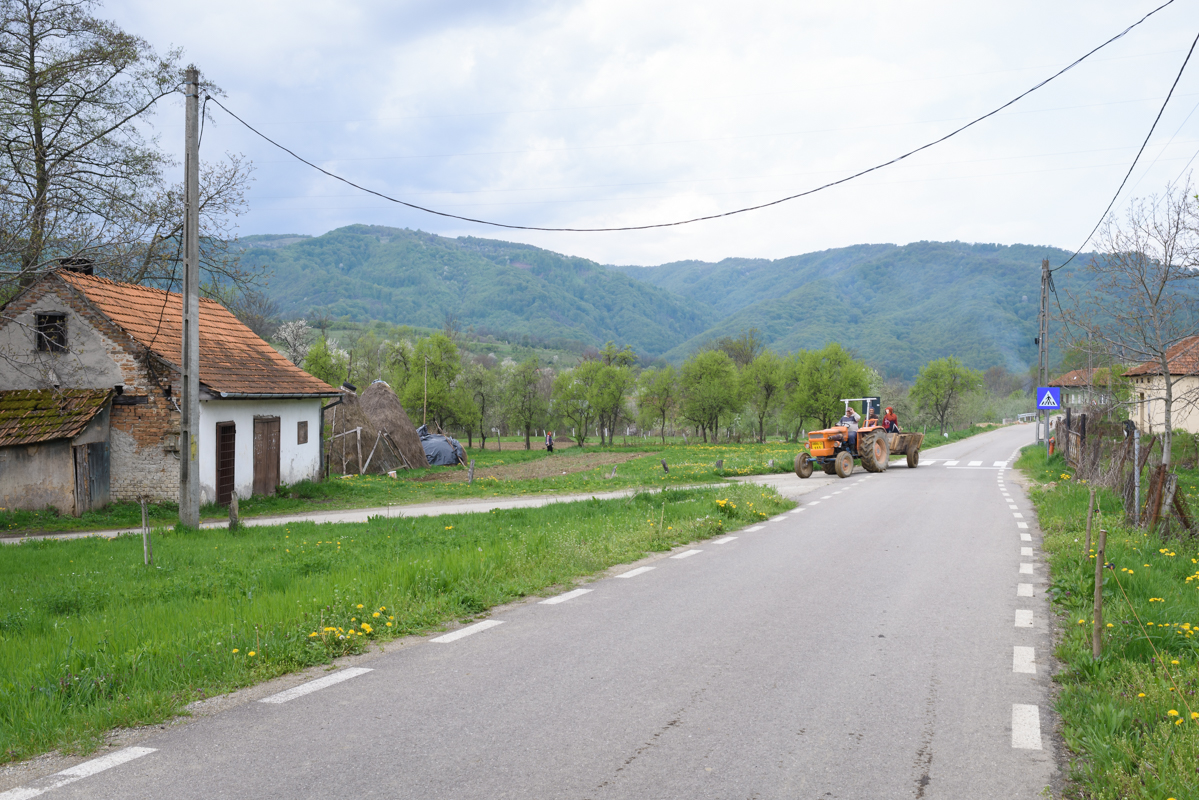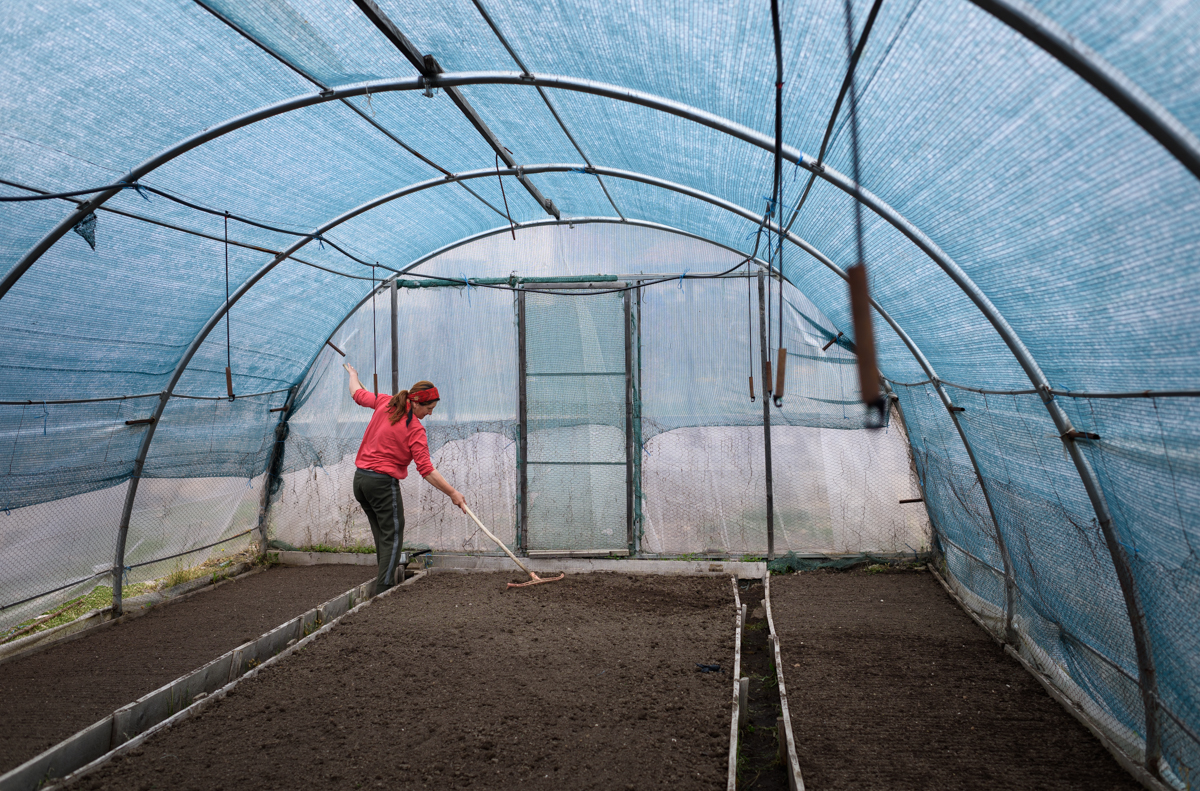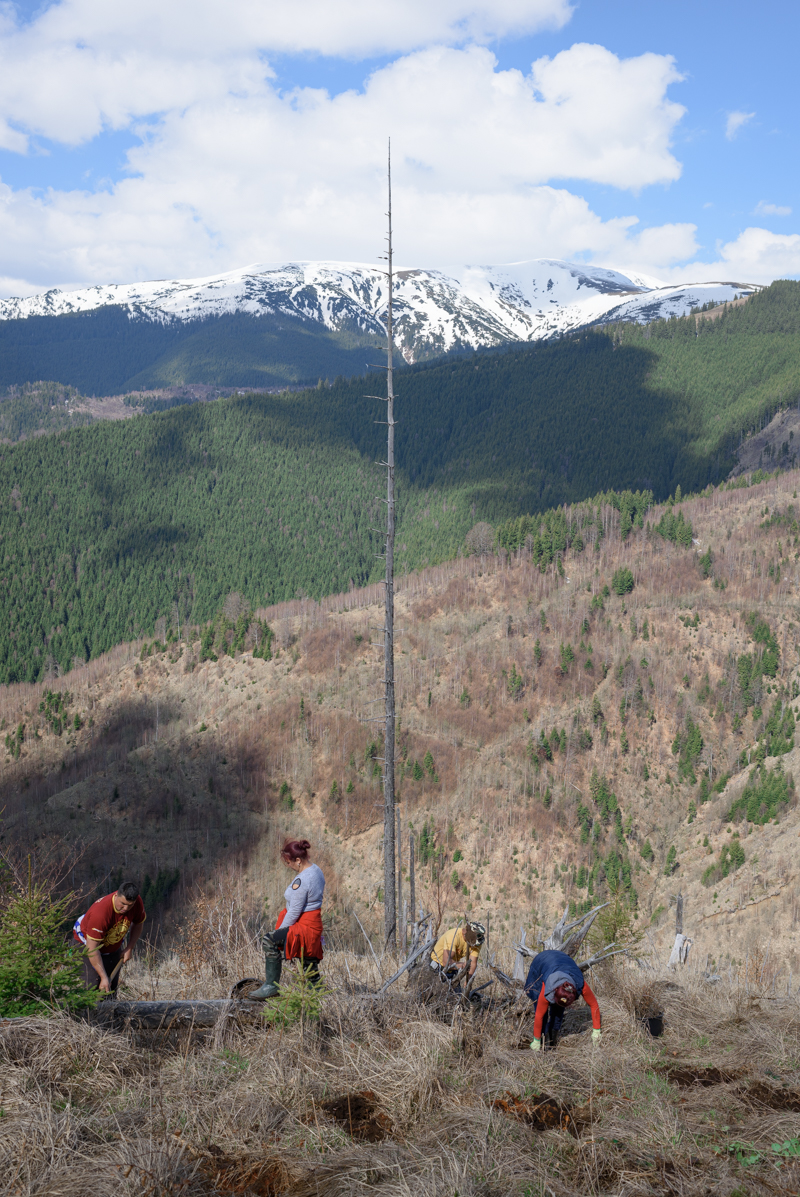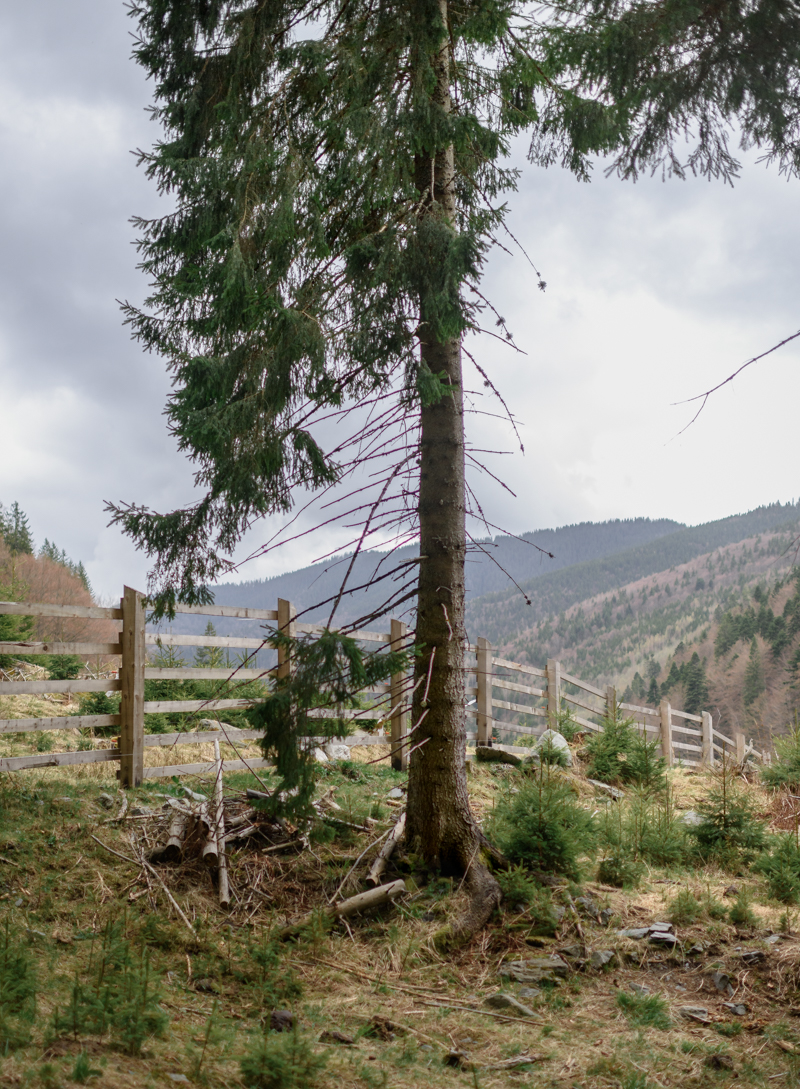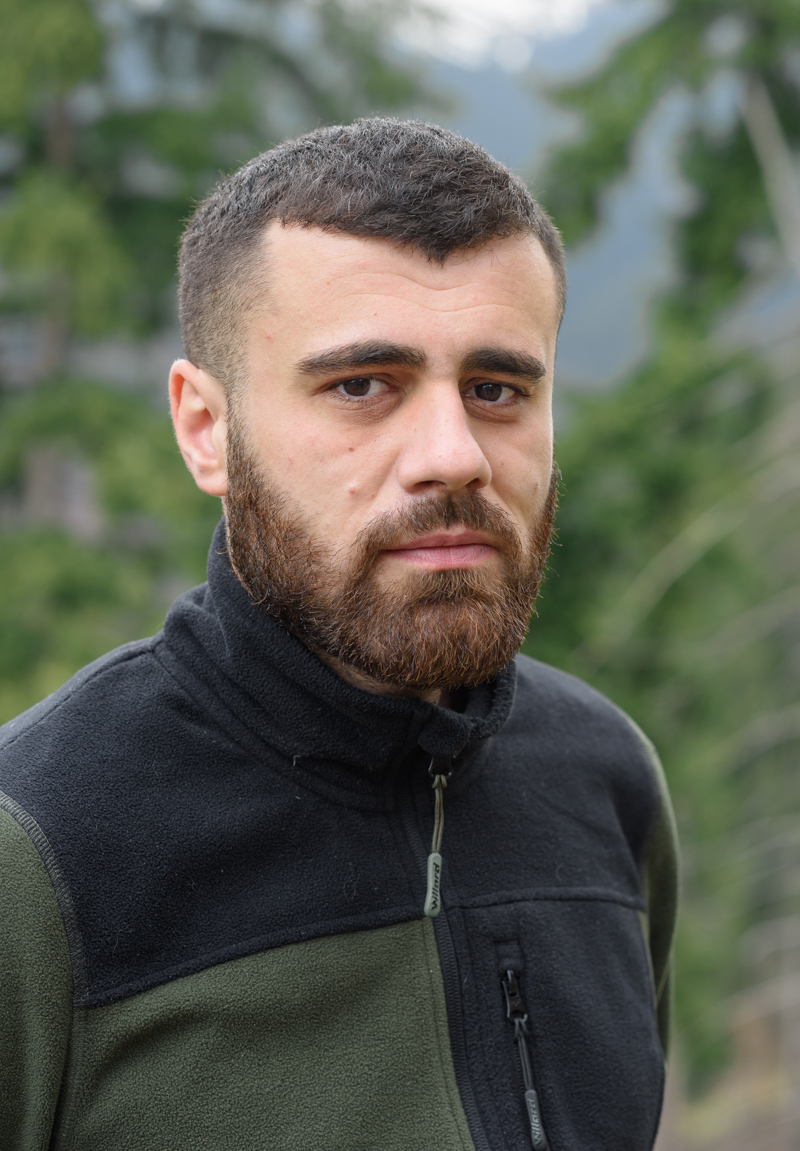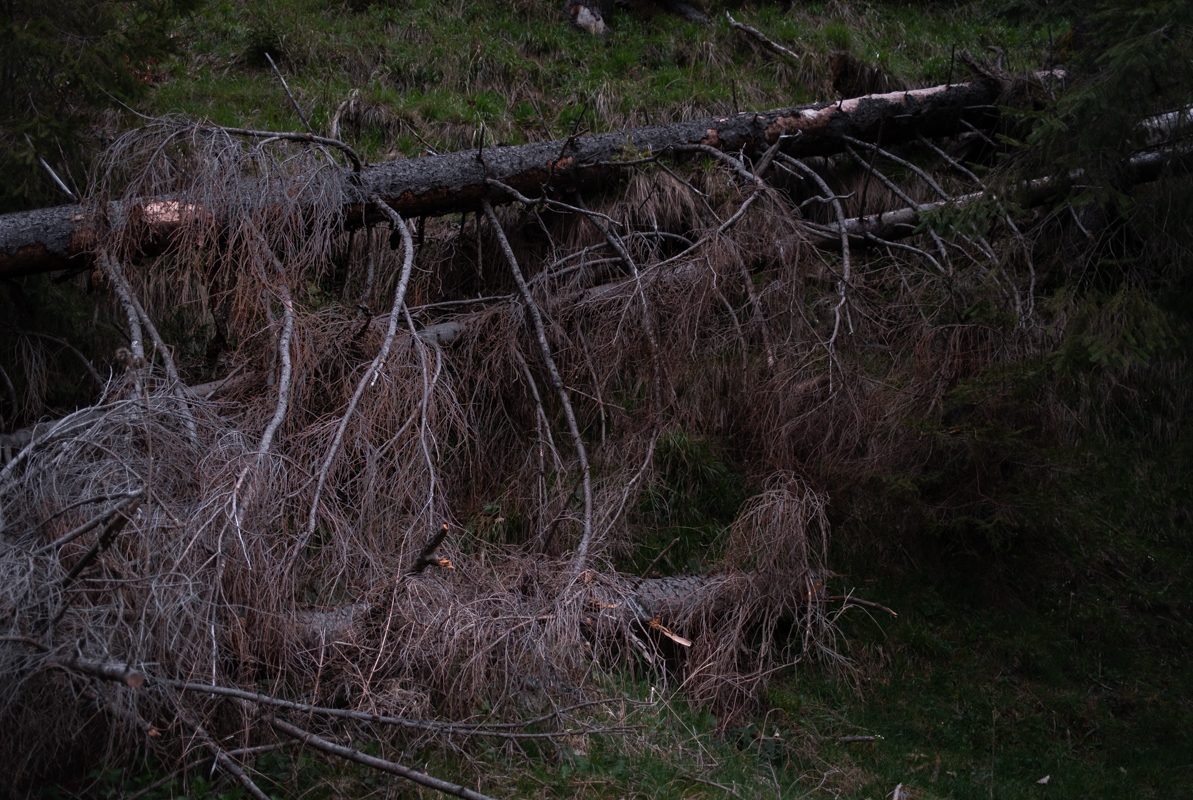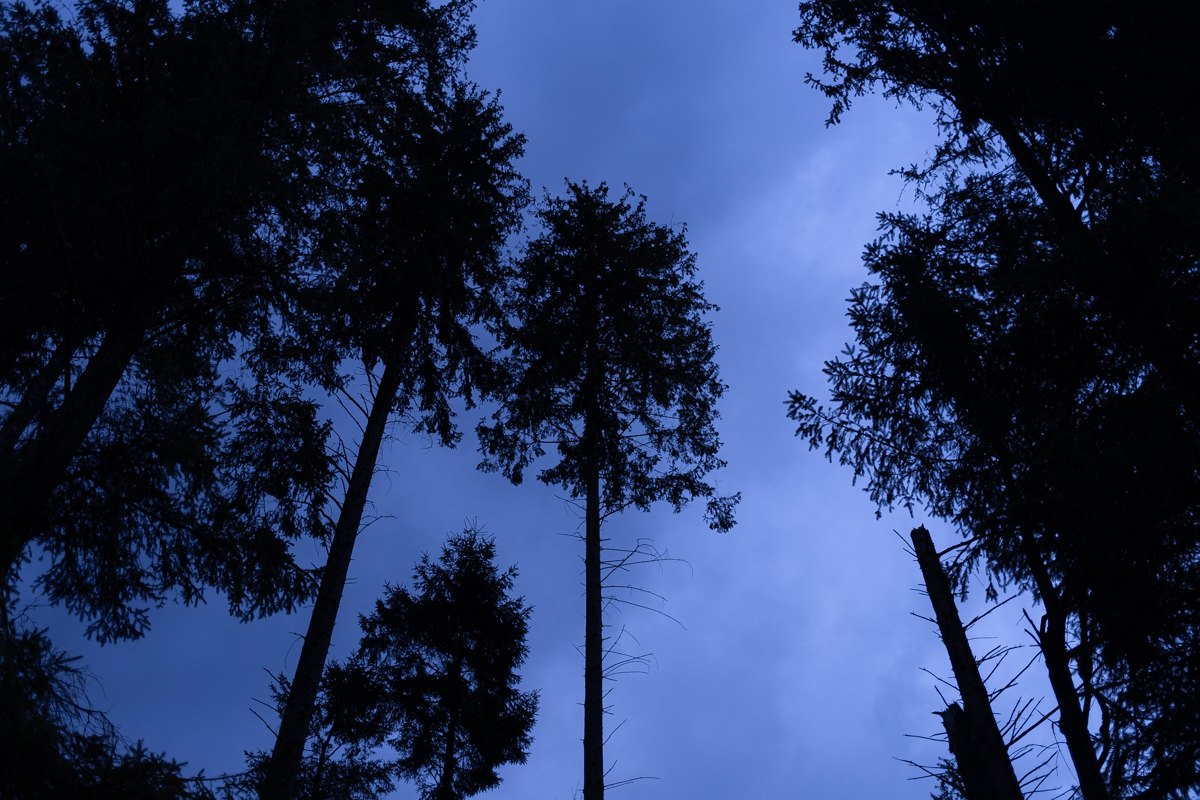R E W I L D I N G R O M A N I A
introduction to the work
The Carpatians are often referred to as Europe ‘s last remaining wilderness. It is home to a primaeval ecosystem with wolves, lynx, and a large concentration of brown bears. Situated in a great arc that sweeps across modern day Romania, the area is a vast kingdom of oak, beech and pine trees. Much of the mountain range is covered with virgin forest.
Over the last millenia, 99% of all Europe’s forests have been felled. Half of 1% that is remaining is situated in the Carpathians in Romania. But the land is under constant threat. After the fall of communism the government began a restitution programme for nationalised land. Many logging companies are buying up private forests, leading to large-scale deforestation. Romania is an emerging nation. One of its key resources is timber. In its rush to modernise and meet demands, whole mountain sides are being felled.
A growing movement of rewilding initiatives are trying to counter this by radically giving back to the landscape. Rewilding is a form of conservation where the land is protected from human intervention. It lets nature take its course. A holistic view that focuses not on humans but on life, including the recognition of each plant or animal species to exist.
These initiatives are ambitious but also controversial. Rewilding is still at its very beginning; it remains a question, once confronted with damages, whether surrounding communities would fully embrace natural restoration. Locals who oppose the project anticipate disturbance to their farming practices. They are afraid that wildlife will attack cattle and sheep, eat the hay and tear down fences or drive herds away from pastures. Restriction on land use is another argument. Some communities feel as though certain land was protected without their input, especially those with strong ties to hunting.
Rewilding raises a tension, between wild and domesticated, between natural selection and care, between uncertainty and security. Can uncontrolled ecological processes be regarded as legitimate? What does it take for nature to come back?
Note: these photographs were made during a research trip in the spring of 2022. In 2023-2024 this project will be further developed
images




